#ciudades españa
Explore tagged Tumblr posts
Text
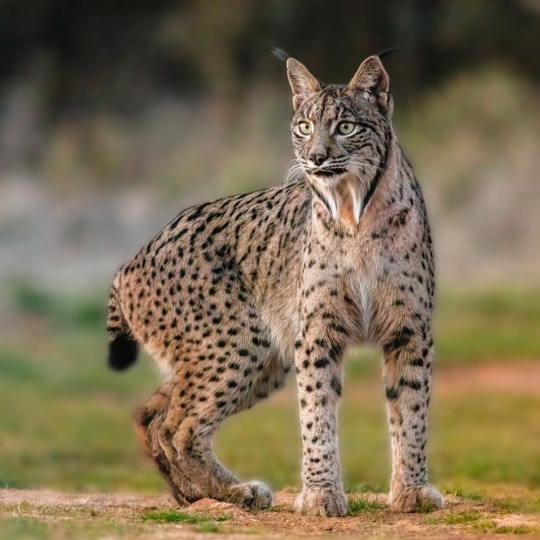
Lince ibérico (Lynx pardinus), Almuradiel, Ciudad Real, España, 2021-12-19, DD 07
“Iberian Lynx (Lynx pardinus), Almuradiel, Ciudad Real, Spain.” - via Wikimedia Commons
#Lynx pardinus#picture of the day#picture of the day 02/07/2025#iberian lynx#iberian peninsula#spain#wikipedia#wikipedia pictures#wikimedia commons#nature#animals#lince iberico#almuradiel#ciudad real#españa#europe#zoology#biodiversity#animal kingdom#carnivores#feliformia#feliform#felidae#felinae#feline#threatened species#vulnerable species#wildlife conservation#lynx#big cats
12 notes
·
View notes
Text
Totally unexpected
16 notes
·
View notes
Text

Yesterday the 𝑶𝒍𝒚𝒎𝒑𝒊𝒄 𝑮𝒂𝒎𝒆𝒔 ended (congratulations to the winners, by the way 👏🏻) and I realised late that they call Paris the “City of Light”, the same as the name of the studios (in Spanish) where 𝗧𝗼𝗺 and the team came to film part of 𝑽𝒆𝒏𝒐𝒎: 𝑻𝒉𝒆 𝑳𝒂𝒔𝒕 𝑫𝒂𝒏𝒄𝒆 in Alicante (here in Spain and which I hope to go see in the coming weeks and make a post-report), and I was like 🥺💓
This scene was one of those filmed here 💖
⠀⠀⠀⠀
Ayer acabaron los 𝑱𝒖𝒆𝒈𝒐𝒔 𝑶𝒍𝒊𝒎𝒑𝒊𝒄𝒐𝒔 (felicidades a los ganadores, por cierto 👏🏻) y me di cuenta tarde de que a París la llaman la “Ciudad de la Luz”, igual que como se llaman los estudios (en español) donde vinieron 𝗧𝗼𝗺 y el equipo a rodar parte de 𝑽𝒆𝒏𝒐𝒎: 𝑬𝒍 𝑼𝒍𝒕𝒊𝒎𝒐 𝑩𝒂𝒊𝒍𝒆 en Alicante (aquí en España y al cual espero ir a ver en las próximas semanas y hacer una publicación-reportaje), y estaba como 🥺💓
Esta escena fue una de las rodadas aquí 💖
⠀⠀
#tom hardy#edward thomas hardy#olympics#olympic games#juegos olímpicos#olimpiadas#venom#eddie brock#edward brock#we are venom#nosotros somos venom#venom 3#venom the last dance#the last dance#venom el último baile#el último baile#alicante#spain#españa#ciudad de la luz#city of light#my edits#mis edits
20 notes
·
View notes
Text
El renacimiento de los judíos sefardíes en Jerusalén
🇪🇸 El renacimiento de los judíos sefardíes en Jerusalén destaca por la reconstrucción de sinagogas sefardíes después de la expulsión de los judíos de España en 1492. Entre ellas, se encuentran cuatro sinagogas históricas, como el Kal Talmud Torah y la sinagoga Eliahu Hanavi, vinculadas a leyendas de milagros que ayudaron a preservar la comunidad judía bajo el Imperio Otomano. Este renacimiento simboliza la resiliencia cultural y religiosa de los judíos sefardíes en Jerusalén, quienes, a pesar de las restricciones impuestas por las autoridades otomanas, lograron reconstruir su identidad. A través de la coexistencia, aunque en condiciones difíciles, los judíos sefardíes establecieron una presencia duradera en la ciudad santa, destacándose como parte central del judaísmo de Jerusalén.
youtube
🇺🇸 The revival of the Sephardic Jews in Jerusalem highlights the reconstruction of Sephardic synagogues after the expulsion of Jews from Spain in 1492. Among these are four historic synagogues, such as the Kal Talmud Torah and the Eliahu Hanavi Synagogue, linked to legends of miracles that helped preserve the Jewish community under the Ottoman Empire. This revival symbolizes the cultural and religious resilience of Sephardic Jews in Jerusalem, who, despite the restrictions imposed by Ottoman authorities, managed to rebuild their identity. Through coexistence, albeit in difficult conditions, the Sephardic Jews established a lasting presence in the Holy City, standing out as a central part of Jerusalem’s Jewish identity.
#sefardí#sefardíes#judíos sefardíes#sephardic jews#jerusalem#jerusalén#sinagogas#sinagogas sefardíes#españa#1492#edicto de expulsión#expulsión de españa#cuatro sinagogas históricas#kal talmud torah#sinagoga eliahu hanavi#comunidad judía#imperio otomano#sefarditas#judaísmo#jewish identity#holy city#ciudad santa#eliahu hanavi synagogue#spain#jews#judaism#jewish#judío#cultura judía#israel
12 notes
·
View notes
Text

R O N D A
280 notes
·
View notes
Text
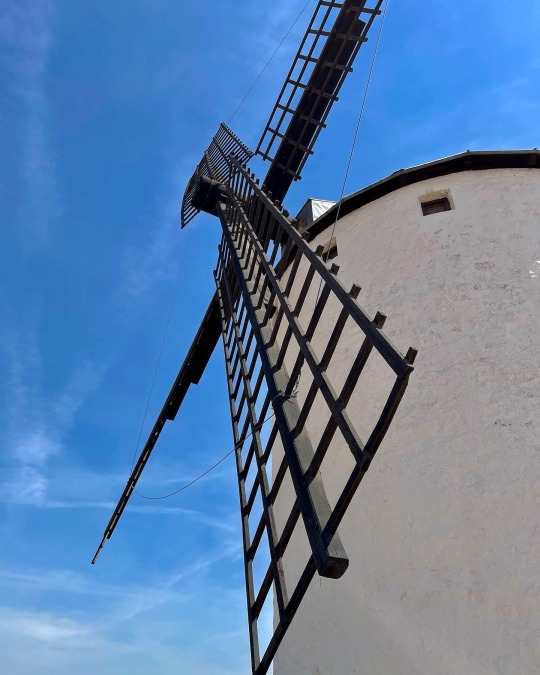
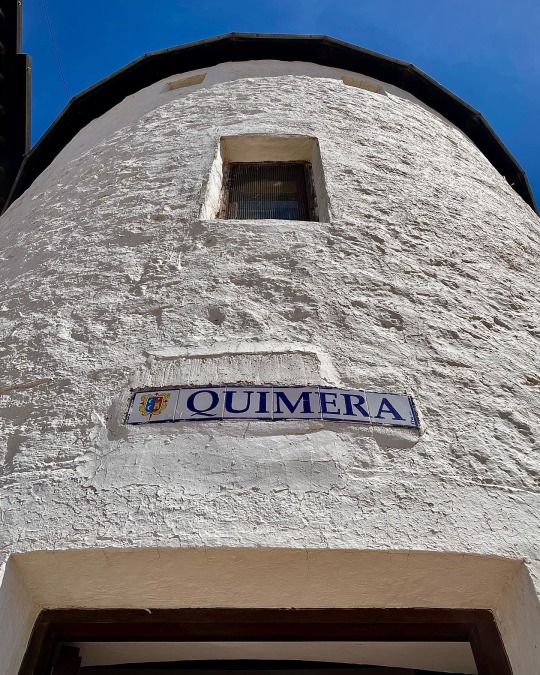
Visiting some mills in Campo de Criptana, Ciudad Real, Spain.
#mine#personal#architecture#travel#trip#españa#spain#europe#ciudad real#castilla la mancha#campo de criptana#photograph#cityscape
12 notes
·
View notes
Text
Barcelona, España

3 notes
·
View notes
Text

𝐆𝐫𝐚𝐧𝐚𝐝𝐚
#someday#granada#travel#place#city#andalusia#spain#autumn#snow#mountains#la alhambra#streetview#ciudad#lugar#viaje#andalucía#españa#europe#nieve#otoño#winter#montañas#europa#invierno#winter mood#lugares
20 notes
·
View notes
Text

Inmaculado Corazón de María
Capilla de los Veras- Iglesia San Pedro (Ciudad Real - España)
40 notes
·
View notes
Text
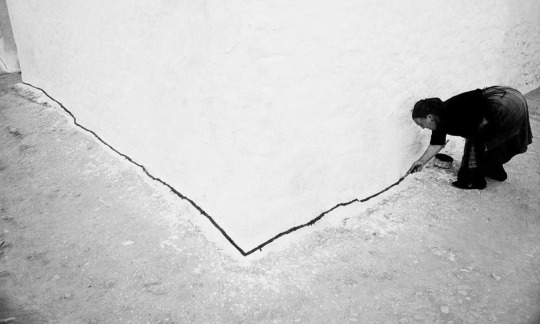
Ramón Masats. Tomelloso. Ciudad Real, 1960 Silver gelatine with archival selenium treatment
Photograph of a woman marking the edge of her whitewashed walls.
#Ramón Masats#Spain#Tomelloso#Ciudad Real#La Mancha#1960#history#old times#historia#art history#history of art#photography#fotografía#woman#street photography#España#film photography#35mm#Castilla-La Mancha
15 notes
·
View notes
Text
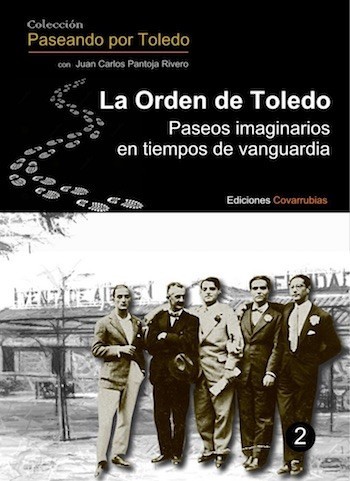
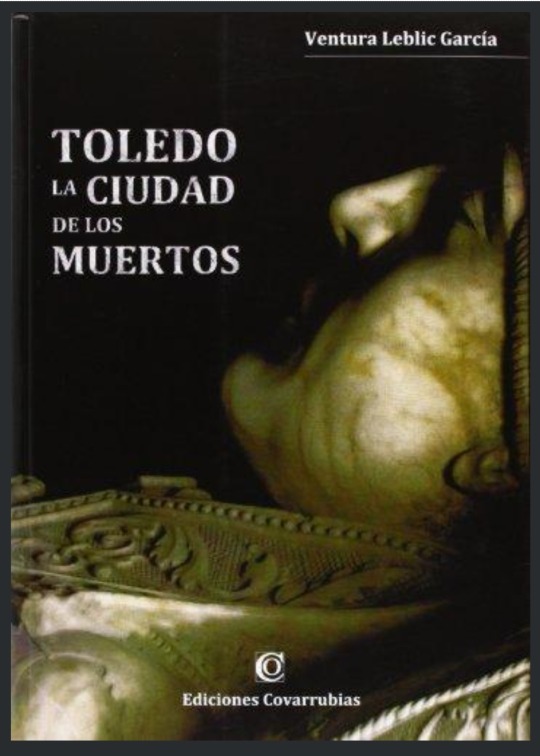
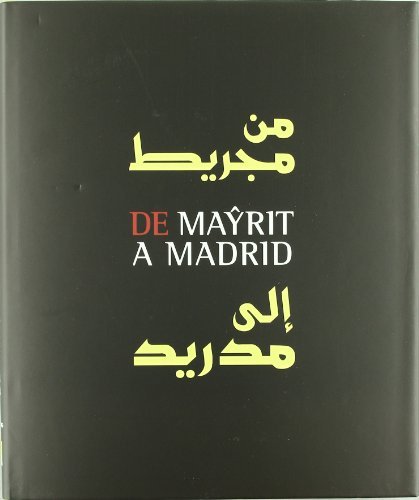
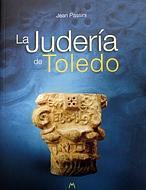
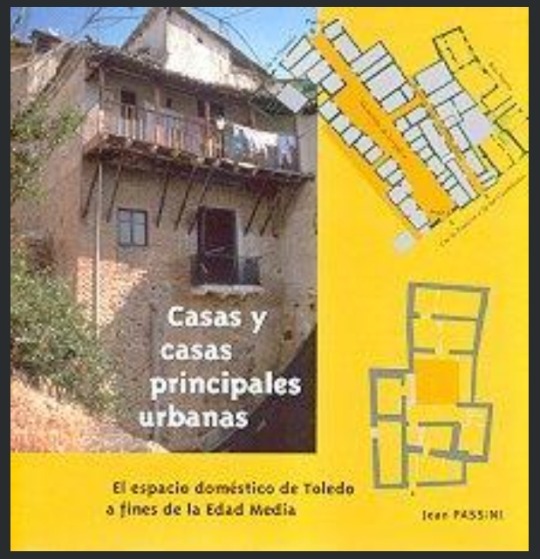
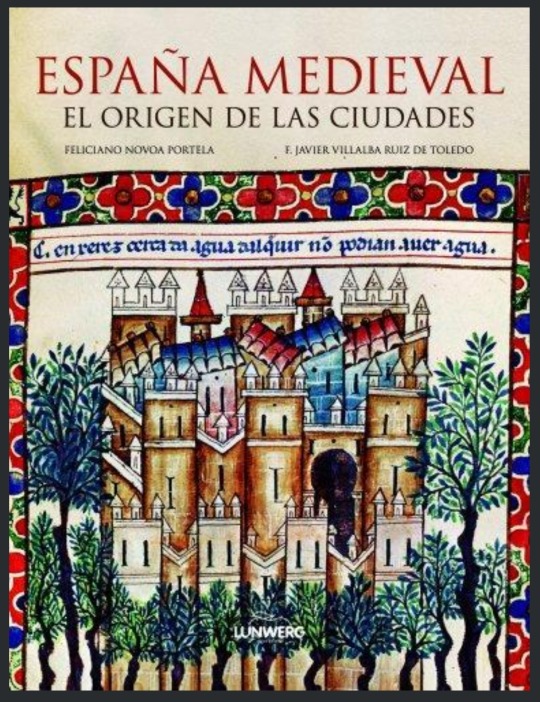


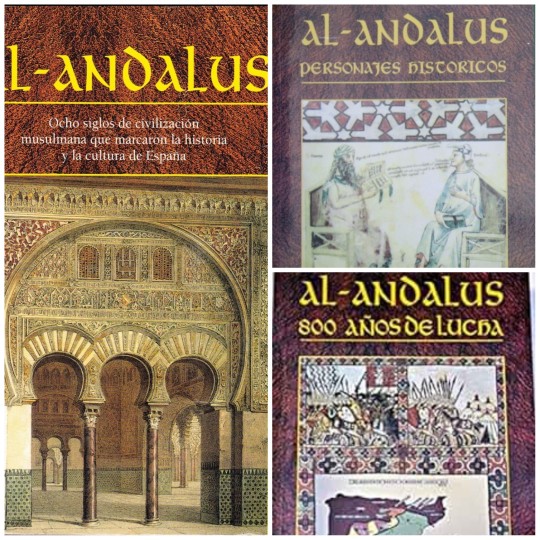

Propaganda
1. La Orden de Toledo: Paseos imaginarios en tiempos de vanguardia (The Order of Toledo: Imaginary walks in avant-garde times)
Author: Pantoja Rivero, Juan Carlos
Editorial: Covarrubias Ediciones
Edition: 2019
Synopsis: The Order of Toledo was, above all, an avant-garde fantasy of the brilliant film director Luis Buñuel, who knew how to infect his friends from the Generation of '27 to the Spanish intellectuality of the first third of the 20th century. Together, they dedicated themselves to living Toledo as if it were the great stage of a surrealist montage, in an artistic (or anti-artistic and irational) contrast with the monumentality and historical past of the old dead city.
(Well, in my blog I have been making posts about The Order of Toledo and the book is a valuable source)
2. Toledo: La ciudad de los muertos (Toledo: The city of the dead)
Author: Leblic García, Ventura Editorial: Covarrubias Ediciones Edition: 2013
Synopsis: Toledo. A large historical necropolis where Carpetans, Romans, Visigoths, Muslims, Jews and Christians rest...their rites around death, beliefs, customs, evolution of the cemetery spaces...
(I have posted the scans of the first pages of this books and I'm planning to keep on posting them but I wanted to know if you want scans from another book)
3. De Mayrit a Madrid: Madrid y los árabes del siglo IX al siglo XXI (From Mayrit to Madrid: Madrid and the Arabs from the 9th century to the 21st century) Editors: Madrid. Casa Árabe e Instituto Internacional de Estudios Árabes y del Mundo Musulmán ; Barcelona ; Madrid: Lunwerg Edition: 2011
Synopsis: This work deals with the Arab-Islamic past (Andalusian, Mudejar and Moorish) of Madrid and its forgotten heritage since it is the only European capital whose origins and name are linked to Arabic.
Revisiting that past and making it known is the objective of this work, which wants to rescue knowledge of a relationship between Madrid and the Arabs that does not end in the Middle Ages, since the town and court maintained various links with what was over time. Arab through diplomatic delegations, Arab figures welcomed by the city, valuable collections of manuscripts and numismatics, a romantic architectural taste that seeded the city with unique neo-Islamic buildings or Hispano-Arab scientific and cultural institutions. And, finally, the cosmopolitan and intercultural reconversion of the city has made it the recipient of a new Arab and Muslim immigration that once again gives human visibility to this relationship between Madrid and the Arab.
4. La Judería de Toledo (The Jewish Quarter of Toledo)
Author: Passini, Jean
Editorial: Ediciones del Sofer
Edition: 2014
Synopsis: The work reveals the vestiges of the areas of medieval Toledo Jewry and its history. It collects a topographical reading of its evolution and offers the main elements through maps, plans and high-quality color photographs.
5. Casas y casas principales urbanas : el espacio doméstico de Toledo a fines de la Edad Media (Houses and main urban houses: the domestic space of Toledo at the end of the Middle Ages)
Author: Passini, Jean. Editor: Toledo. Universidad de Castilla-La Mancha
Edition: 2004
Synopsis: This work is an extension of previous research on different districts, and seeks, for the city as a whole, to “understand the genesis of medieval urban space, to follow its transformations and successive reappropriations” , mainly with the aim of understanding, for one of the ancient provincial capitals of al-Andalus, the modalities of the transition from the Muslim city of the end of the eleventh century (time of its occupation by the Christians) to the Castilian city of the end of the Middle Ages. The main documentary basis of the work is a very important and very detailed inventory of the real estate of the Cathedral Chapter, an inventory carried out in 1491-1492, which covers a considerable heritage of 557 various buildings located in 64 sites or districts. The identification and location of houses, shops, mesones or fondouks and other urban buildings, often difficult on the current plot, has however resulted in the careful study of more than half of these old buildings. The systematic comparison of the text from the end of the Middle Ages with the remains still visible above ground or underground (and this very meticulous and patient work in the cellars of current Toledan houses is one of the great originalities of the research of Jean Passini) gave the results which are presented in this latest publication.
6. España medieval : el origen de las ciudades (Medieval Spain: the origin of the cities)
Authors: Novoa Portela, Feliciano; Villalba Ruiz de Toledo, F. Javier Editors: Barcelona ; Madrid : Lunwerg, D.L.
Edition: 2012
Synopsis: A fascinating essay that will teach us to look at and understand our cities better. In the pages of this essay we will analyze the Roman origins, the Islamic, Christian and European influences to discover the cultural melting pot that marks the Spanish urban legacy, without forgetting some disappeared cities that tell us their history through archaeological remains.
7. Valle-Inclán y el insólito caso del hombre con rayos x en los ojos (Valle-Inclán and the unusual case of the man with x-rays in his eyes)
Editors: Madrid. La Felguera
Edition: 2014 Synopsis: In 1923, a piece of news sparked great controversy among intellectuals, journalists and scientists. Joaquín Argamasilla, a young descendant of a family of aristocrats, claimed to have x-ray vision that allowed him to see through opaque bodies. The controversy, which divided half the country between defenders and detractors of the strange case, reached the highest circles. In April, at the initiative of Queen María Cristina, a commission was established to study the case, chaired by Ramón y Cajal. Valle-Inclán came to Argamasilla's defense and the great Harry Houdini challenged him to a public demonstration in New York.
(Joaquín Argamasilla, Harry Houdini, Valle-Inclán, Ramón y Cajal... yep, we're thinking the same, episode 2xO6, Tiempo de Magia, from El Ministerio del Tiempo, if anyone wants to learn more about this topic this book is good)
8. Guía mágica de Toledo y su provincia (Magical guide to Toledo and its province) Authors: Rodríguez Bausá, Luis; Álvarez de Toledo, Javier Mateo Editorial: Ediciones Covarrubias
Edition: 2010
Synopsis: Saramago wrote that traveling should be a matter of another matter, staying more and walking less; and a little later he added that it is not good to stay for only a quarter of an hour next to a construction that is seven hundred years old. The authors agree with such appropriate phrases, and that is why they have written this route, this uneven guide, this compilation of events, in short, so that the traveler stops in a multitude of towns that only sounded like transit and never like stop and inn. Because the truth is that the city of Toledo and its province discreetly hide a large number of enclaves that deserve to be savored by the five senses, and in which one must rest until the memory is macerated. This is what this work talks about: caves, sacred mountains, magical wells, rainy images, enchanted fountains or thunderous miracles... but, above all, towns, cities and regions; yes, with order and a taste of dissidence and heterodoxy.
Also included is what the authors have called "Beginner's Guide", a brief but rigorous approach to the magical phenomenon, something like an index so that whoever wants it, has the basic premises to get started in the world of research on these issues.
9. AL-ANDALUS. Ocho siglos de civilización musulmana que marcaron la historia y la cultura de España (AL ANDALUS. Eight centuries of Muslim civilization that marked the history and culture of Spain) Author: Masiá, Concha Editorial: ALBA Edition: 2006
Synopsis: "In the year 711, the Muslims arrived in the Iberian Peninsula. They called the vast territory where they settled for 800 years, from Tarifa to the Pyrenees, from the Levant to Portugal, al-Andalus. With their lights and shadows, these eight centuries of Muslim civilization, configuring many aspects of our personality as a people and as a culture, to which we Spaniards of the 21st century are still indebted"
This book and the following two books are like a triology about Al Andalus. This first one collects information about the different periods, states, events and some of its rulers throughout the history of Al Andalus.
10. AL-ANDALUS. Personajes históricos (AL ANDALUS. Historical figures) Author: Masiá, Concha Editorial: Albor Libros, Madrid Edition: 2011
Synopsis: "A general vision of al-Andalus, from the 8th century to the 17th century, through its most prominent characters and also through less known, although no less important, people. Both of them reveal the splendor and glory of the imperishable Andalusian legacy"
This book gathers information about divers people from different states and periods throughout the history of Al Andalus: emirs, caliphs, politicians, religious leaders, warriors, scholars, artists, philosophers, poets...
11. AL-ANDALUS. 800 años de lucha (AL ANDALUS. 800 years of struggle)
Author: Masiá, Concha Editorial: Albor Libros, Madrid Edition: 2011
Synopsis: "In the year 711, the Muslims arrived in the Iberian Peninsula. They called the vast territory where they settled for 800 years, from Tarifa to the Pyrenees, from the Levant to Portugal, al-Andalus. With their lights and shadows, these eight centuries of Muslim civilization, configuring many aspects of our personality as a people and as a culture, to which we Spaniards of the 21st century are still indebted"
This book offers a view on the warfare, battles and military campaigns from different periods and states throughout the history of Al Andalus.
12. 20 grandes obras de 20 autores andalusíes (20 great works by 20 Andalusian authors)
Author: Lirola Delgado, Jorge
Editorial: FUNDACIÓN IBN TUFAYL DE ESTUDIOS ARABES
Edition: 2014
Synopsis: Selection of 20 Andalusian authors and 20 works from the different periods of al-Andalus. The book offers a biography of each author and a detailed description of the work.
#bookblr#books#history#polls#history books#spanish history#al andalus#la orden de toledo#paseos imaginarios en tiempos de vanguardia#toledo: la ciudad de los muertos#de mayrit a madrid#madrid y los árabes del siglo IX al siglo XXI#la judería de toledo#casas y casas principales urbanas#el espacio doméstico de Toledo a fines de la Edad Media#españa medieval : el origen de las ciudades#valle-inclán y el insólito caso del hombre con rayos x en los ojos#guía mágica de toledo y su provincia#AL-ANDALUS. Ocho siglos de civilización musulmana que marcaron la historia y la cultura de España#AL-ANDALUS. Personajes históricos#AL-ANDALUS. 800 años de lucha#20 grandes obras de 20 autores andalusíes#sefarad#madrid#toledo#the order of toledo#The Order of Toledo: Imaginary walks in avant-garde times#Toledo: The city of the dead#From Mayrit to Madrid#Madrid and the Arabs from the 9th century to the 21st century
10 notes
·
View notes
Video
Entre verdes y azules. by Jesús Via Flickr: ¡Entre verdes y azules qué más debes suspirar! Sólo el silencio bien sabe cuánto se goza el lugar donde sólo a veces oyes el cantar de algún ave, o el croar de una rana, mas todo ello te cuida el silencio que te guarda y ayuda a reflexionar. ¡Qué bien se entienden los dos! El verde levanta el vuelo al silencio reflexivo y va creando caminos con el agua que allí corre. ¿Dónde está el infinito? El azul bien lo abraza, y entre verdes y azules sólo el silencio traspasa y juega con la belleza que allí puedes tú gozar. Andre Rieu - Amazing Grace.
#Europa#España#Castilla La Mancha#Ciudad Real#Daimiel#Las Tablas de Daimiel#Parque Nacional#Agua#Jesús_L#flickr
2 notes
·
View notes
Text
Varios tractores en paralelo bloquean la rotonda de la estación de autobuses de Ciudad Real:
Enviado por: Benito
17 notes
·
View notes
Text
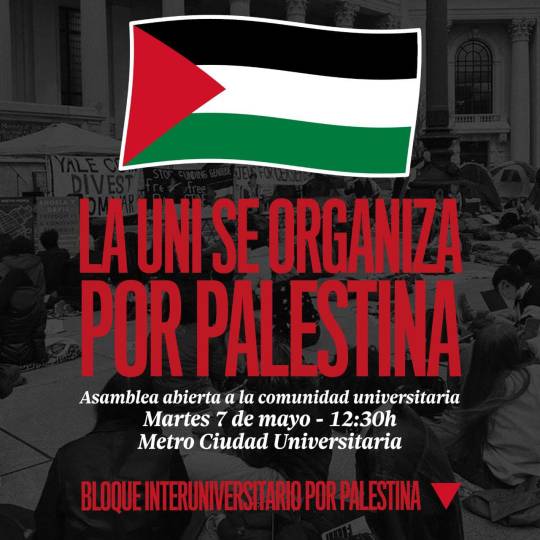
#madrid spain#madrid#Universidad Complutense#Complu#UCM#UC3M#UAM#Universidad Autónoma de Madrid#columbia university#free gaza#free palestine#palestine#gaza#israel is a terrorist state#Spain#españa#ciudad universitaria#ciu
2 notes
·
View notes
Text
Valencia, la joya del Mediterráneo!!! ❣️
✨Con su clima cálido durante casi todo el año, esta ciudad Española es un mosaico de historia, cultura y modernidad.
✨Pasea por la Plaza de la Virgen, donde la historia romana se entrelaza con la arquitectura gótica de la Catedral de Santa María.
✨ El barrio del Carmen te invita a perderte entre sus callejuelas medievales.
✨La Ciudad de las Artes y las Ciencias es una obra maestra de la arquitectura moderna que parece traída del futuro.
✨Valencia es también un lugar de festividades y tradiciones, como las famosas Fallas, donde la ciudad se transforma en un espectáculo de luz y color.
✨Kilómetros de playas 🏖️ doradas te esperan para relajarte bajo el sol 🌞 o disfrutar de los deportes acuáticos 🚣♀️
Valencia es un destino en el mundo que no puedes dejar de visitar!!! 🌎
Ah!!! No te olvides de probar su plato típico, la paella 🥘!!! 👌
👉 www.flipatravel.com
#viajes#viaje y turismo#de viaje#turismo#viajemos#un viaje a la vida#viajera#financiación#hotel#valencia#destino españa#ciudad de las artes
2 notes
·
View notes
Text
youtube
2 notes
·
View notes